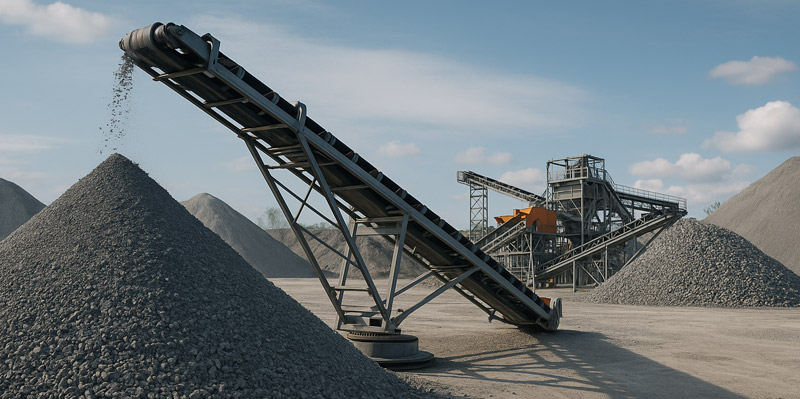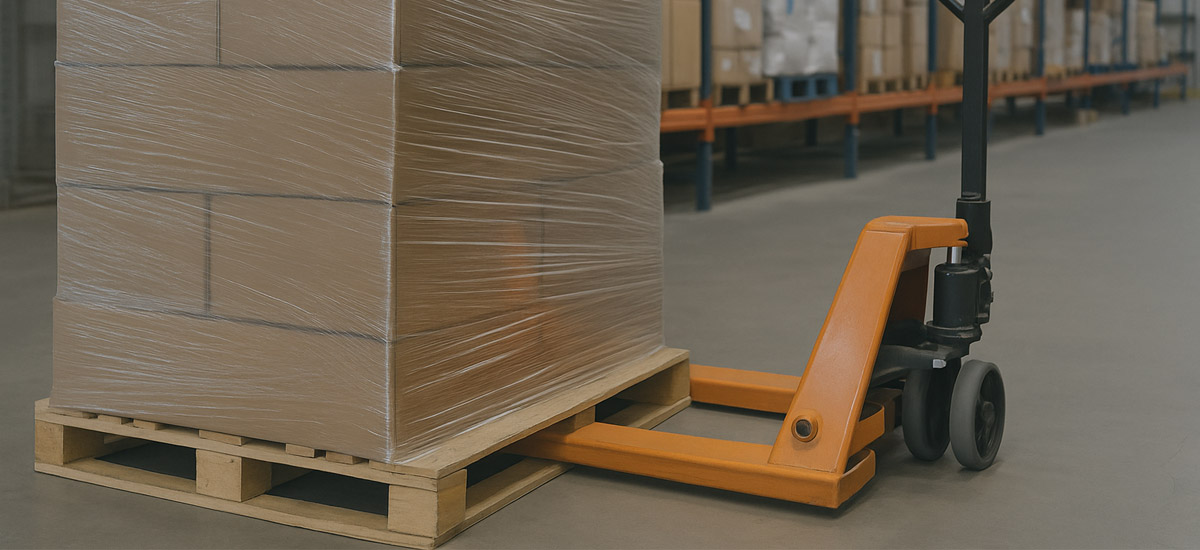A Canadian Surety Bond Perspective for Contractors and Developers.
“Time is money” – something you’ll hear frequently in the Canadian construction industry. Delayed payments can spell disaster for some businesses. Whether you’re a general contractor, subcontractor, or supplier, understanding how to protect your right to payment is critical. That’s where the Construction Lien Act comes in.
But what happens when a lien is filed, and how do Labour & Material Payment Bonds, Performance Bonds, and even Lien Bonds factor into the equation?
In this guide, we’ll walk you through:
What the Construction Lien Act is (and how it varies by province)
The role of surety bonds in payment protection
Why lien bonds are difficult to obtain in Canada
Real-world examples and tips to protect your business
Let’s break it down—starting with the basics.
What Is the Construction Lien Act?
The Construction Lien Act (or Builders Lien Act in BC) is legislation that allows anyone who supplies labour or materials to a construction project to register a lien against the property if they’re not paid. That lien acts as a legal claim — one that can hold up refinancing, delay project completion, prevent contractor holdbacks from being released, and even lead to lawsuits.
Think of it as a safety net for subcontractors, tradesmen / tradespeople, and suppliers. It ensures they don’t walk away empty-handed if something goes sideways on a job.
How the Rules Vary Across Provinces
Each province has its own version of this law with unique timelines and rules.
We are sharing the following details for informational purposes only – this is by no means legal advice or the official guidelines per province which may change from time to time:
Ontario – Construction Act
Liens must be preserved within 60 days of the last supply of work or materials.
They must be perfected (by starting court action) within 90 days.
Owners must withhold a 10% statutory holdback on each progress payment.
Prompt payment and adjudication rules apply.
🔗 Ontario Construction Act – eLaws
British Columbia – Builders Lien Act
Claims of lien must be filed within 45 days of project completion, termination, or abandonment.
Holdbacks are 10% of each payment to contractors.
🔗 BC Builders Construction Industry Overview
Alberta – Prompt Payment and Construction Lien Act
Invoices must be paid within 28 days of delivery.
Lien rights last for 60 days (90 days for oil/gas projects).
Adjudication provides a fast-track dispute resolution mechanism.
🔗 Alberta Prompt Payment Guide

What Is a Labour & Material Payment Bond?
In Canada, the standard “payment bond” is called a Labour & Material Payment Bond (L&M Bond). It’s designed to protect subcontractors and suppliers by guaranteeing they’ll get paid — even if the general contractor defaults (goes out of business).
Here’s how it works:
A general contractor secures the bond from a surety provider.
If the contractor fails to pay, claimants (subs/suppliers) can file a claim directly with the surety.
If validated, the surety pays the claim and then seeks reimbursement from the contractor.
L&M Bonds are typically required on public projects and are becoming more common on large private contracts. These bonds are often issued alongside Performance Bonds, which we’ll cover next.
The Role of Performance Bonds in Construction Projects
A Performance Bond protects the project owner, guaranteeing that the contractor will complete the work according to contract terms. If the contractor walks off the job, goes bankrupt, or fails to deliver, the surety steps in to finish the project or pay for completion costs.
In Canada, most sureties issue L&M and Performance Bonds as a pair, especially on CCDC (Canadian Construction Documents Committee) standardized contracts.
Common Bond Pairings:
50/50 Bonds: 50% Performance Bond + 50% L&M Bond
100/100 Bonds: 100% coverage for both, typically used on higher-risk or high-value projects
Most underwriters won’t issue a standalone Labour & Material Payment Bond without also issuing a Performance Bond. Why? Because they need assurance that the principal (the contractor) can both perform the work and manage their financial obligations.
There are also some bond wordings that specifically reference each other for Perf + L&M so that can also play a roll.
Chat with a surety bond expert in Canada
What About Lien Bonds?
Lien bonds — also sometimes called lien release bonds — are often misunderstood.
Here’s what they do:
If a lien is filed on a project, the owner or GC can post a lien bond with the court.
This discharges the lien from the property title and attaches the claim to the bond.
The property can then be refinanced, sold, or continue construction without encumbrance.
Sounds great, right? Unfortunately, the reality is:
Lien Bonds Are Quite Difficult to Obtain in Canada
Most underwriters won’t issue them unless the following conditions are met:
A Labour & Material Payment Bond is already in place on the project.
The applicant has an established relationship with the surety.
The contractor has a bonding facility already set up with current financials.
The lien claim is not for an excessive amount or tied to questionable situation.
In many cases, if your project was not bonded from the outset, you’re not getting a lien bond. This is why planning ahead — and securing bonds at project start is something that should be considered thoroughly.
Real-World Scenarios & Examples
Bonded Public Project Avoids Lien Filing
A painting subcontractor hasn’t been paid on a provincial school renovation. Rather than file a lien, they file a claim under the Labour & Material Payment Bond. There is a threat to claim under the L&M Bond and therefore the GC feels compelled to re-assess the situation and the parties agree upon a payment without formal bond claim, or a lien being filed.
Private Job, No Bond Facility, No Lien Bond
A supplier files a $90,000 lien on a private mixed-use development. The developer wants to post a lien bond to keep financing on track, but since no L&M Bond was in place and the GC has no bonding history, underwriters decline the request. The issue takes nine months to resolve in court.
Tips for Contractors to Protect Themselves
Always use CCDC contract wordings when possible – it includes language best suited for Performance and L&M Bonds.
Secure both bonds up front – Asking for bonds mid-way through a project rarely turns out favorably for any party involved.
Work with a surety broker early – Building a relationship matters. It’s differs from insurance in the sense that not everyone qualifies for bonding.
Document everything – especially change orders, delays, and payment approvals.
Understand lien timelines in your province and track them diligently.

FAQs: Construction Liens and Surety Bonds in Canada
Q: Can I file a lien even if there’s a Labour & Material Payment Bond in place?
A: Yes, but you may prefer to file a claim on the bond instead — it’s often faster and doesn’t tie up the property.
Q: What is a “50/50” or “100/100” bond?
A: These refer to the percentage of contract value covered by Performance and L&M Bonds. A 50/50 bond covers 50% of each; a 100/100 bond offers full coverage of the aggregate amount on both fronts.
Q: How much do lien bonds cost?
A: Premiums range from 1–3% of the bond amount, but they may also require full collateral or indemnity depending on risk.
Q: Can I get a lien bond if I don’t have a bonding facility?
A: Highly unlikely. You’ll need both a facility and (usually) a Labour & Material Payment Bond already in place.
Final Thoughts: Plan Ahead, Build Smart
The Construction Lien Act is a valuable tool — but one you’d rather avoid using. By implementing proper contract practices and securing the right surety bonds in advance, you’ll minimize your risk and maximize your leverage.
At Bond Connect, we specialize in helping Canadian construction companies navigate bonding with confidence. We don’t sell insurance. We live and breathe surety — and we’re ready to help you secure the bonds that protect your projects and your business.
Need help with a Performance, Labour & Material Payment Bond or preparing a bonding facility?
Contact Bond Connect today and talk to a surety specialist who understands construction risk — because that’s all we do.






